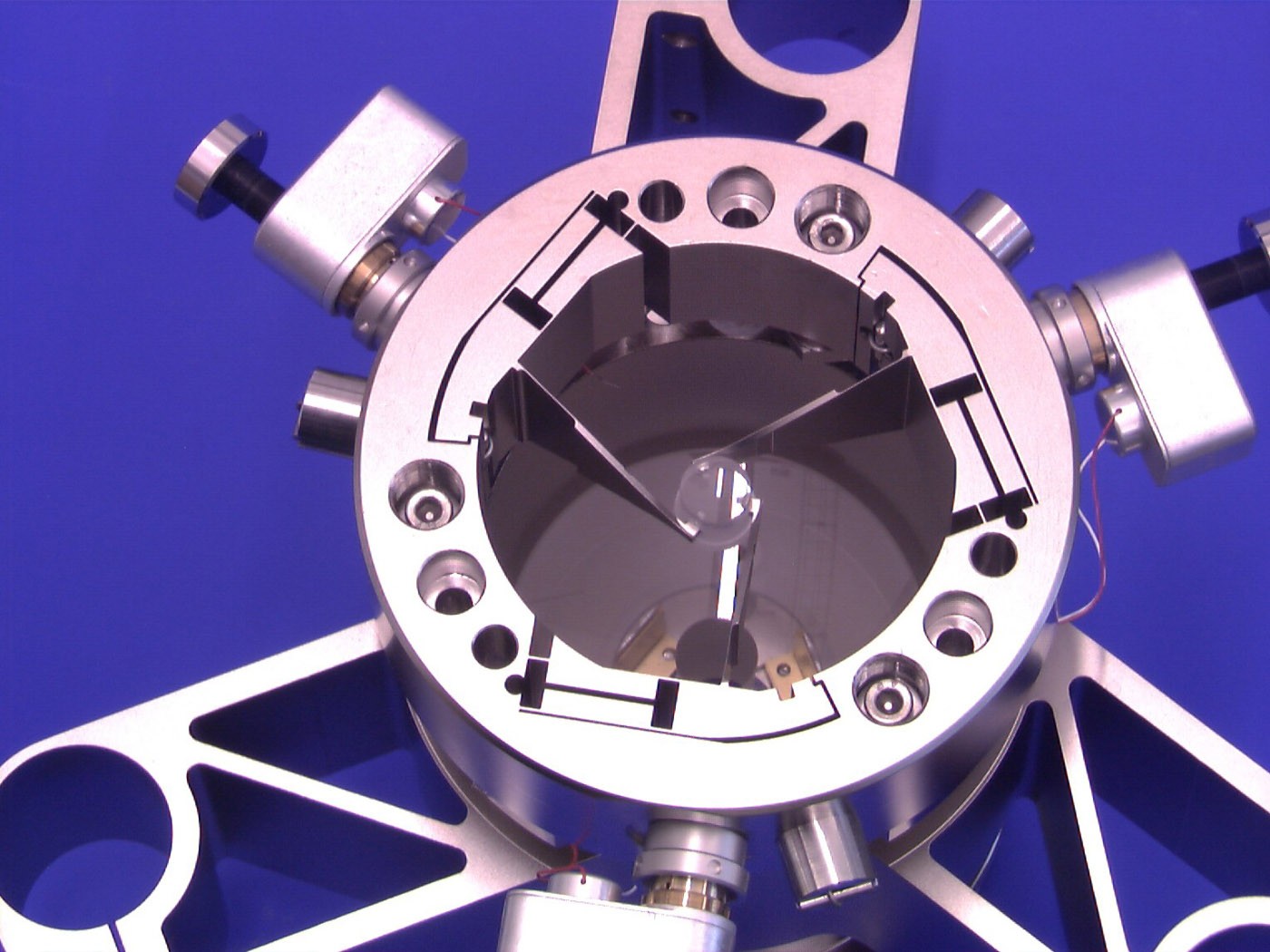In general, the Fraunhofer Group for Light & Surfaces focuses its radiation-based activities on lasers with wavelengths ranging from UV to the IR range of 10 μm. The group’s institutes are increasingly addressing, however, wavelength ranges outside this classical spectrum. Due to their short wavelengths of 1 to 50 nm, the EUV and X-ray radiation range, for example, has special properties that make innovative applications possible.
Above all, lithography application can profit from this – the short wavelength allows a particularly high spatial resolution in the range of less than 10 nm. In addition, these wavelengths are particularly suitable for high-resolution analytics, which provide information on structural relationships and material properties in both medicine and material analysis. The group’s institutes are developing beam sources from laser-generated and discharge-generated hot plasmas as well as multiple frequency conversion in gases and special resonators. For applications which require, in particular, a high brilliancy of the source, the institute prefers using laser-induced plasmas. Discharge plasmas, on the other hand, are distinguished by their high efficiency in converting electrical energy into EUV light, their simple construction and, therefore, their cost-effectiveness.
The applications of these beam sources are manifold. Since the material and the short wavelengths of EUV and soft X-ray radiation interact so strongly, research has opened up new analysis and structuring processes in compact systems on the nanometer scale. For this purpose, the institutes operate demonstrator systems for different applications: for X-ray microscopy, for reflectometry to analyze surface layer systems or for interference lithography to generate nanostructures.
